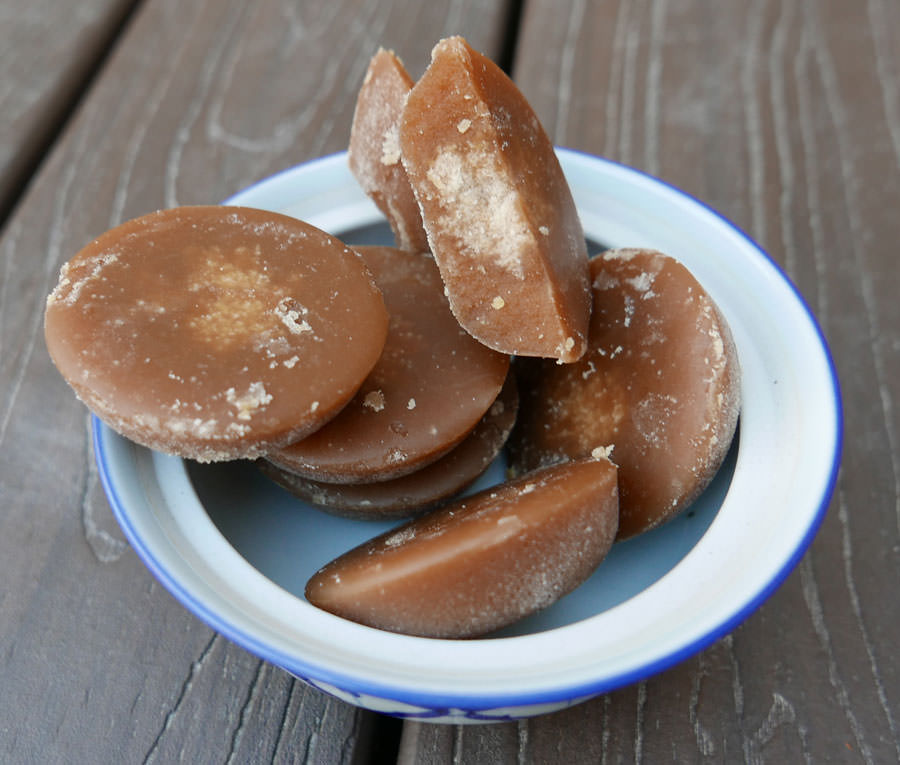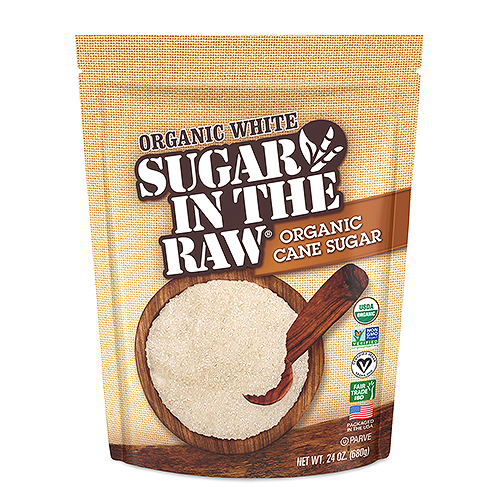Advanced Cane Sugar Processing: Enhancing Efficiency and Sustainability
Advanced Cane Sugar Processing: Enhancing Efficiency and Sustainability
Blog Article
Recognizing the Essential Methods and Technologies Utilized in Modern Walking Stick Sugar Processing
The evolution of cane sugar handling has actually been considerably formed by the combination of innovative methods and technologies that resolve both efficiency and sustainability. As we explore these critical improvements, it becomes necessary to analyze just how they not only boost manufacturing but also line up with more comprehensive industry patterns and consumer demands, elevating questions concerning the future of sugar handling and its effects for international markets.
Historic Context of Walking Stick Sugar Processing
The historic context of walking cane sugar handling reveals a rich tapestry of agricultural innovation and cultural exchange that has actually formed its advancement over centuries. Coming From in Southeast Asia, sugarcane was cultivated as early as 8000 BCE - Cane Sugar Processing. The procedure of removing and fine-tuning sugar got energy in India, where approaches for formation were developed around the sixth century. This expertise went across to the Center East, and by the 12th century, sugar became a valued commodity in Europe, bring about the facility of sugar plantations in the Mediterranean.

Advanced Removal Methods
Efficiency in cane sugar extraction has seen considerable developments, driven by the requirement for greater returns and reduced manufacturing expenses. Typical approaches have evolved, giving way to ingenious innovations that boost the efficiency of the extraction process. One noteworthy development is making use of enzyme-assisted removal, where particular enzymes break down cell wall surfaces and release even more sucrose from the walking stick fibers. This strategy not only increases sugar return but additionally decreases the power required for handling.
Furthermore, the adoption of membrane filtration innovations, such as nanofiltration and reverse osmosis, has changed the separation of sugar from pollutants. These methods permit the selective permeation of sugar molecules while preserving larger contaminants, enhancing the removal process and lessening waste.
In addition, the integration of constant removal systems has actually caused improved operational effectiveness. Cane Sugar Processing. These systems maintain a continuous circulation of walking cane material, guaranteeing ideal removal conditions and lowering downtime connected with set processing
Cutting-edge Refining Technologies
Refining strategies in walking cane sugar handling have actually gone through a transformative shift, driven by the demand for higher pureness and boosted item high quality. One of the most notable innovations is the fostering of membrane layer purification technologies, such as ultrafiltration and nanofiltration. These procedures effectively eliminate pollutants and colorants without the requirement for comprehensive chemical treatments, consequently protecting the sugar's natural taste and improving its appeal.
One more significant improvement is using ion exchange materials, which allow for careful removal of unwanted ions from sugar remedies. This innovation not just boosts the total pureness of the end product but also adds to decreased waste and environmental impact.
Furthermore, innovations in adsorption strategies, utilizing activated carbon and various other advanced materials, have verified reliable in decolorizing sugar solutions while preserving optimum quality. The combination of these ingenious refining modern technologies guarantees that suppliers can produce refined sugar with premium clarity and taste, fulfilling the evolving preferences of customers.
Automation and Control Equipment
Recent improvements in refining technologies have led the way for considerable renovations in automation and control systems within cane sugar handling facilities. These systems use innovative software program and hardware to improve functional efficiency, minimize human mistake, and guarantee constant item quality.
Modern automation integrates different components, consisting of sensors, actuators, and programmable reasoning controllers (PLCs), enabling real-time tracking and control of crucial procedures. As an example, over at this website pressure, temperature level, and circulation rates can be precisely managed throughout removal, explanation, and condensation phases, maximizing efficiency and minimizing waste.
Moreover, advanced data analytics and artificial intelligence algorithms play a pivotal duty in anticipating maintenance, permitting operators to prepare for devices failures prior to they happen. This proactive approach not just decreases downtime yet likewise extends the life expectancy of machinery.
Furthermore, automation helps with the execution of Market 4.0 concepts, equipping sugar mills to attain higher connection and data exchange throughout processes. Consequently, decision-making ends up being even more active and informed, inevitably enhancing the total competition of walking stick sugar production. With these innovations, the market is well-positioned to fulfill growing global demands while keeping operational quality.
Sustainability Practices in Sugar Manufacturing
Sustainability practices in sugar production have actually come to be progressively important as the sector seeks to balance economic feasibility with ecological responsibility. As consumer understanding expands concerning the ecological influences of agricultural methods, sugar manufacturers are adopting innovative techniques to lower their ecological footprint.
One substantial approach is the application of precision farming strategies, which utilize data analytics to enhance source usage, such as water and plant foods. This lowers waste read the article and minimizes the effect on neighborhood environments. Furthermore, numerous producers are transitioning to renewable resource sources, such as biomass from sugarcane byproducts, to power their operations, thus lowering reliance on fossil fuels.
Water monitoring techniques are likewise crucial; rain harvesting and reliable irrigation systems assist minimize water scarcity problems. Cane Sugar Processing. In addition, integrated insect administration strategies lower chemical use, promoting biodiversity and dirt health and wellness
Business social duty campaigns are arising, with business purchasing neighborhood neighborhoods and making certain reasonable labor practices. By welcoming these sustainability methods, the sugar industry not just boosts its credibility but likewise adds to an extra sustainable farming landscape, paving the means for future generations.

Conclusion
In summary, contemporary walking cane sugar processing integrates an array of advanced techniques and technologies that substantially boost sustainability, yield, and efficiency. Collectively, these developments place the cane sugar industry to satisfy contemporary demands while attending to critical global difficulties.
The development of walking cane sugar handling has visit homepage been dramatically formed by the assimilation of sophisticated strategies and innovations that resolve both effectiveness and sustainability.The historic context of walking cane sugar handling exposes a rich tapestry of farming advancement and cultural exchange that has formed its advancement over centuries. Developments in milling and refining arised, laying the foundation for modern walking stick sugar processing.Refining strategies in walking stick sugar processing have actually gone through a transformative change, driven by the demand for higher pureness and improved item quality.In recap, contemporary walking cane sugar processing includes a variety of advanced methods and technologies that dramatically improve sustainability, efficiency, and return.
Report this page